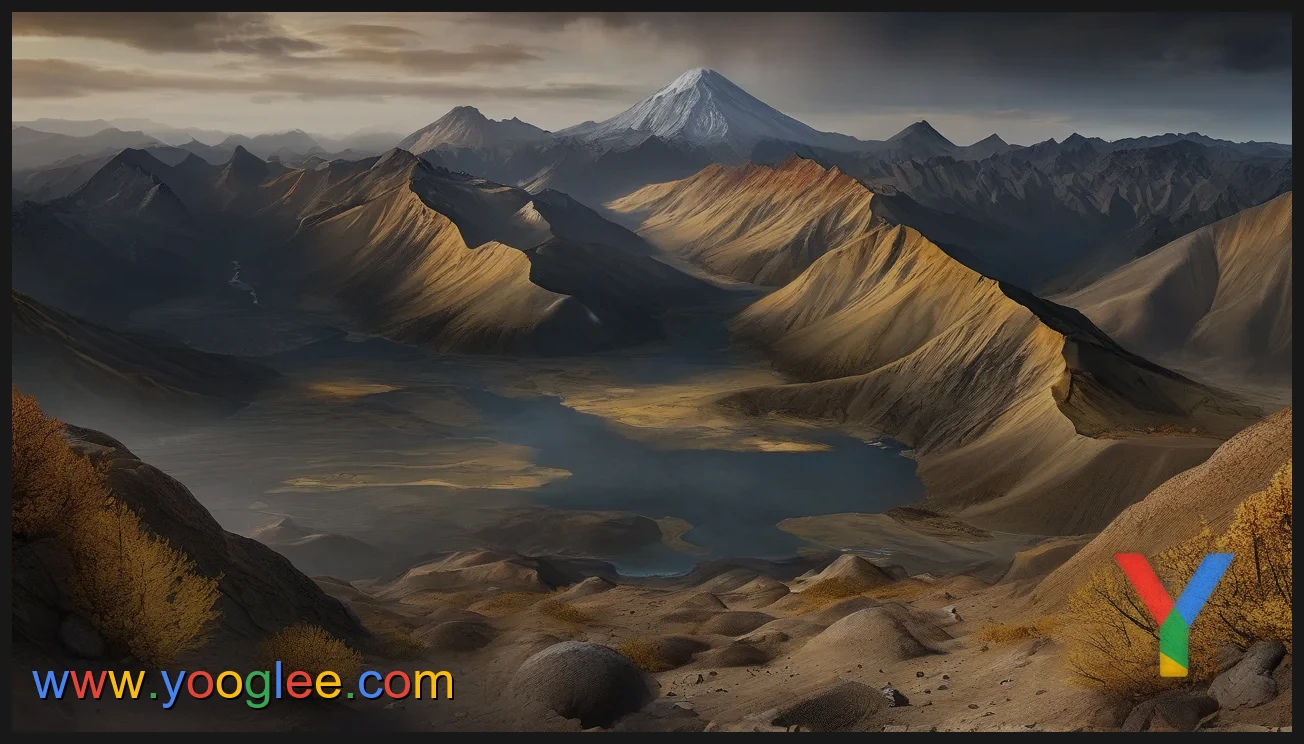
The Formation of Mountains in Physical Geography
Published on 4/19/2025 • 5 min read
The Formation of Mountains in Physical Geography
Mountains are one of the most prominent features of the Earth\'s landscape, and their formation is a fascinating topic that falls under the realm of physical geography. Understanding how mountains are created involves delving into the forces and processes that shape the Earth\'s crust over millions of years. By studying the creation of mountains, geographers can gain insights into the dynamic processes that have shaped the Earth\'s surface and continue to influence its topography. In this article, we will explore the essential aspect of geography that focuses on the formation of mountains and the key factors that contribute to their rise and evolution.
One essential aspect of geography where you would learn about the creation of mountains is physical geography. Physical geography focuses on the natural processes that shape the Earth\'s surface, including the formation of mountains. Mountains are formed through a variety of geological processes, including tectonic activity, volcanic activity, and erosion. One of the most common ways mountains are formed is through tectonic activity, where the Earth\'s lithosphere is pushed together, creating mountain ranges. This can happen through the collision of tectonic plates, such as the Himalayas formed by the collision of the Indian and Eurasian plates. Volcanic activity can also lead to the formation of mountains, as volcanic eruptions can create new landforms and build up over time to form mountains. The Cascade Range in the Pacific Northwest of the United States is an example of a mountain range formed through volcanic activity. Erosion is another important process in the formation of mountains, as weathering and the movement of sediment can shape the land and create mountainous terrain. The Grand Canyon in the United States is a prime example of how erosion can create dramatic mountain landscapes over millions of years. By studying physical geography and the processes that shape the Earth\'s surface, you can gain a better understanding of how mountains are formed and the role they play in shaping our planet\'s landscapes. This knowledge is essential for understanding the natural world and the forces that continue to shape it.
Benefits of The Formation of Mountains in Physical Geography
- Understanding the geological processes involved in mountain formation
- Learning about the impact of tectonic plate movement on mountain formation
- Gaining knowledge about the different types of mountains and how they are formed
- Appreciating the role of erosion in shaping mountain landscapes
- Understanding the relationship between mountain formation and natural disasters such as earthquakes and landslides
- Exploring the significance of mountains in terms of biodiversity, climate, and human settlement
- Recognizing the importance of mountains as sources of natural resources and as key features of the Earth's physical geography.
How-To Guide
- To learn about the creation of mountains in geography, you would need to focus on the aspect of physical geography. Physical geography is the branch of geography that deals with the natural features and processes of the Earth's surface, including landforms like mountains.
- Here is a step-by-step guide on how to learn about the creation of mountains in physical geography:
- Start by understanding the basic concepts of plate tectonics. Mountains are often formed as a result of the movement of tectonic plates. Learn about the different types of plate boundaries (convergent, divergent, and transform) and how they contribute to the formation of mountains.
- Study the different types of mountains. There are several types of mountains, including fold mountains, fault-block mountains, and volcanic mountains. Each type is formed through different geological processes, so it is important to understand the characteristics of each type.
- Explore the processes of mountain building. Mountains can be formed through processes such as folding, faulting, and volcanic activity. Learn about how these processes shape the Earth's surface and contribute to the formation of mountain ranges.
- Study specific examples of mountain ranges around the world. Look at maps and images of mountain ranges like the Himalayas, the Andes, and the Rocky Mountains to understand the geological history and formation of these iconic mountain systems.
- Learn about the role of erosion in shaping mountains. While tectonic processes create mountains, erosion plays a crucial role in shaping their appearance over time
Frequently Asked Questions
Q: In which essential aspect of geography would you learn about the creation of mountains?
A: You would learn about the creation of mountains in the field of physical geography, specifically in the subfield of geomorphology. Geomorphology focuses on the study of landforms and the processes that shape the Earth\'s surface, including the formation of mountains through tectonic plate movements, volcanic activity, erosion, and other geological processes.
Related Topics
Related Topics
- Plate tectonics and mountain formation
- Types of mountains and their characteristics
- Mountain building processes
- Geographical features of mountain ranges
- Impact of mountains on climate and weather patterns
- Human interaction with mountain environments
- Mountain ecosystems and biodiversity
- Mountain conservation and management strategies
- Historical and cultural significance of mountains
- Economic activities and resources found in mountain regions
Conclusion
In conclusion, the creation of mountains is a fundamental aspect of physical geography that explores the processes and forces that shape the Earth\'s surface. By studying the formation of mountains, geographers gain a deeper understanding of the dynamic interactions between tectonic plates, erosion, and other geological processes that have shaped the landscapes we see today. This knowledge is crucial for understanding the Earth\'s past, present, and future, and highlights the interconnectedness of the natural world. Overall, learning about the creation of mountains is essential for anyone interested in understanding the complex and ever-changing nature of our planet.
Similar Terms
- Geography
- Creation of mountains
- Geology
- Plate tectonics
- Continental drift
- Mountain formation
- Earth's crust
- Volcanoes
- Erosion
- Tectonic plates
More Articles
No related articles available at this time.
